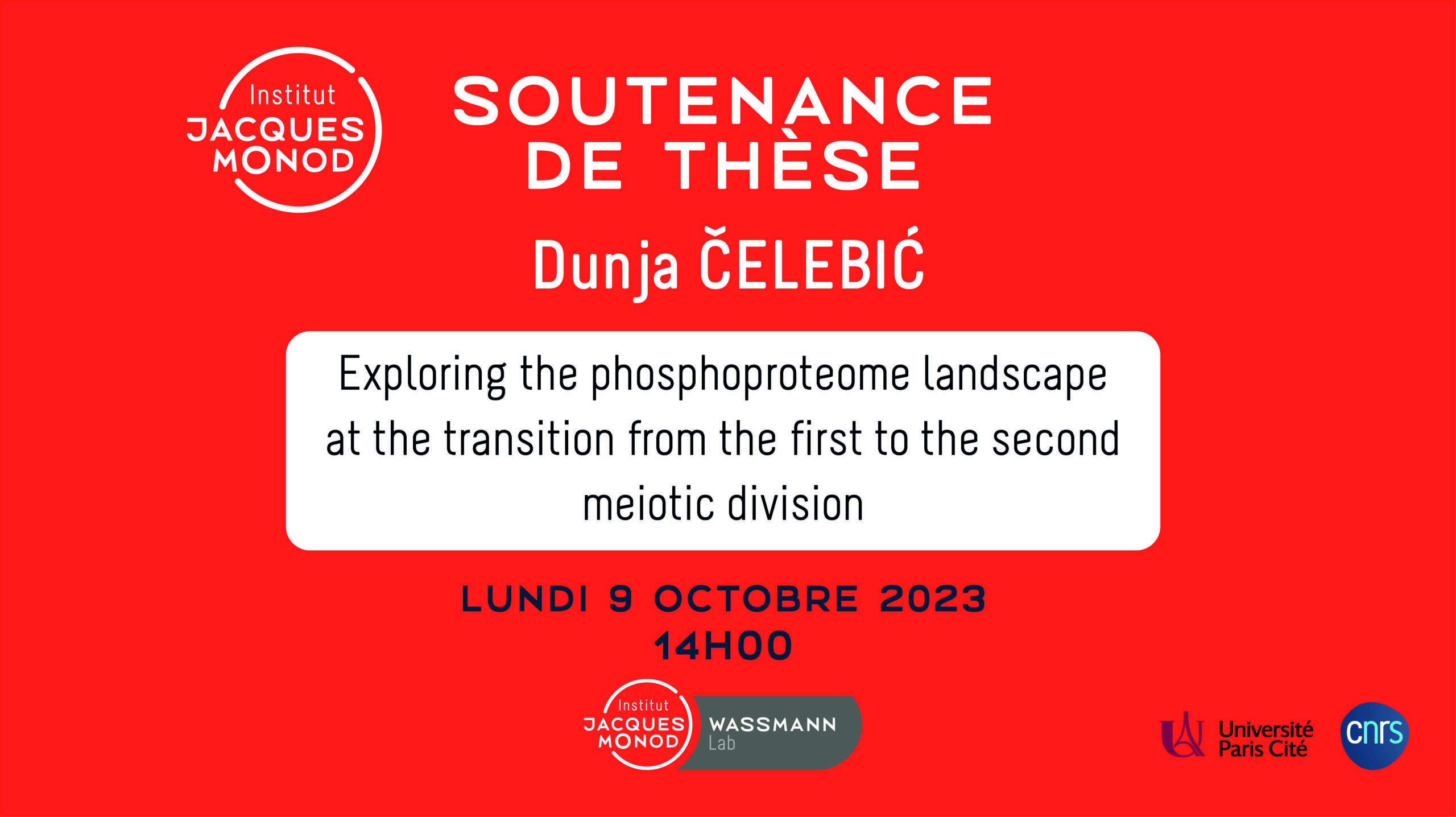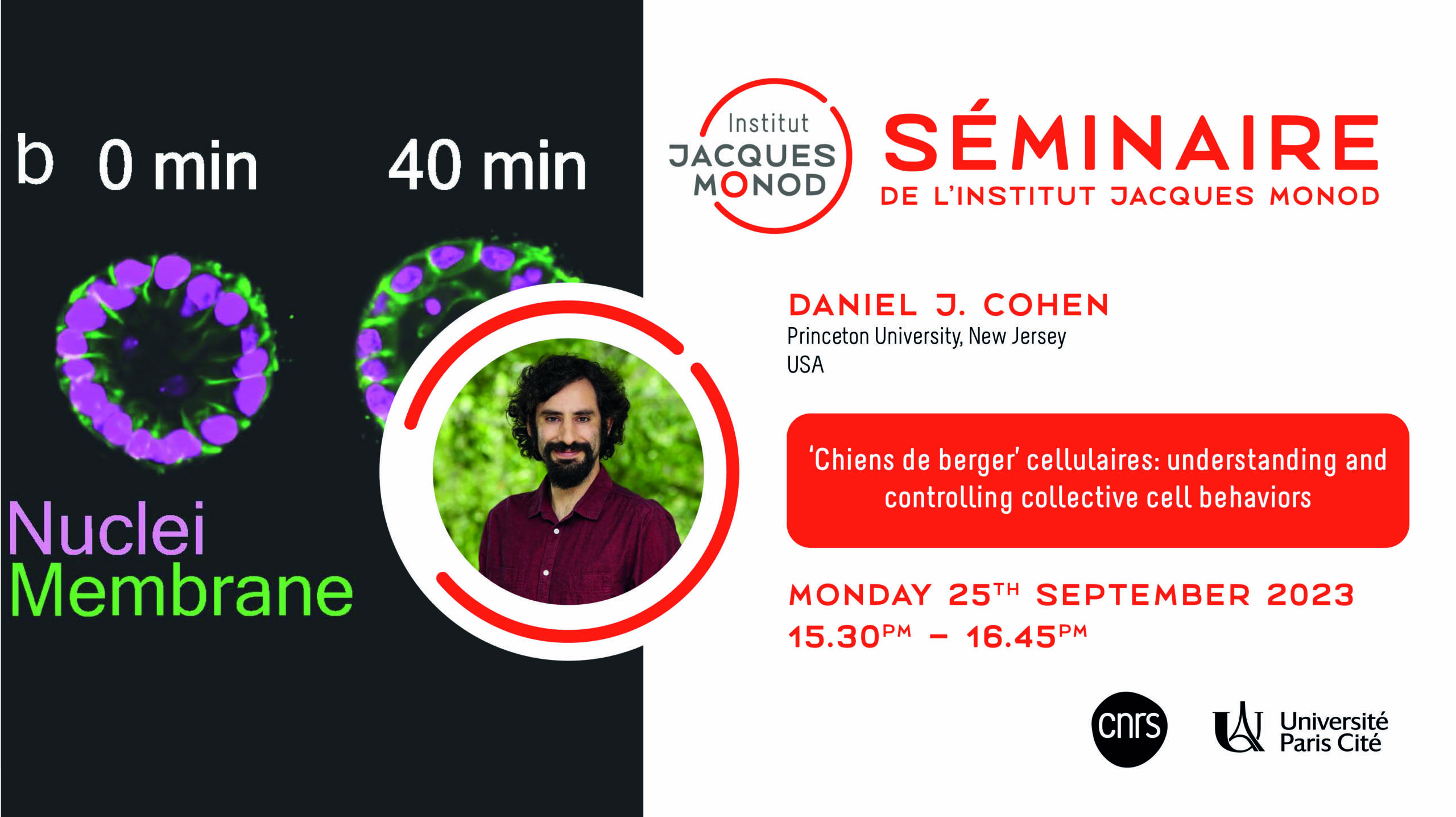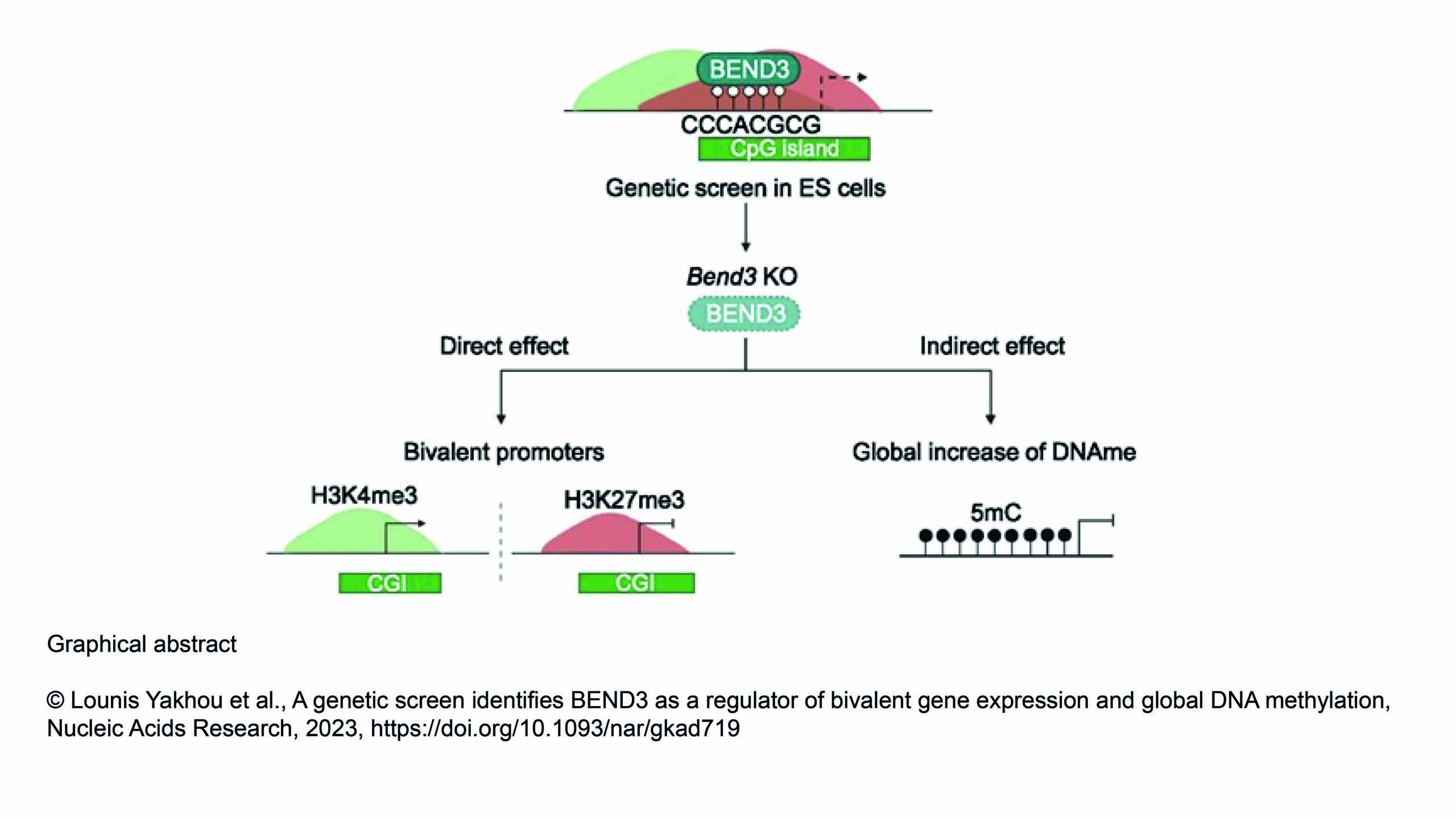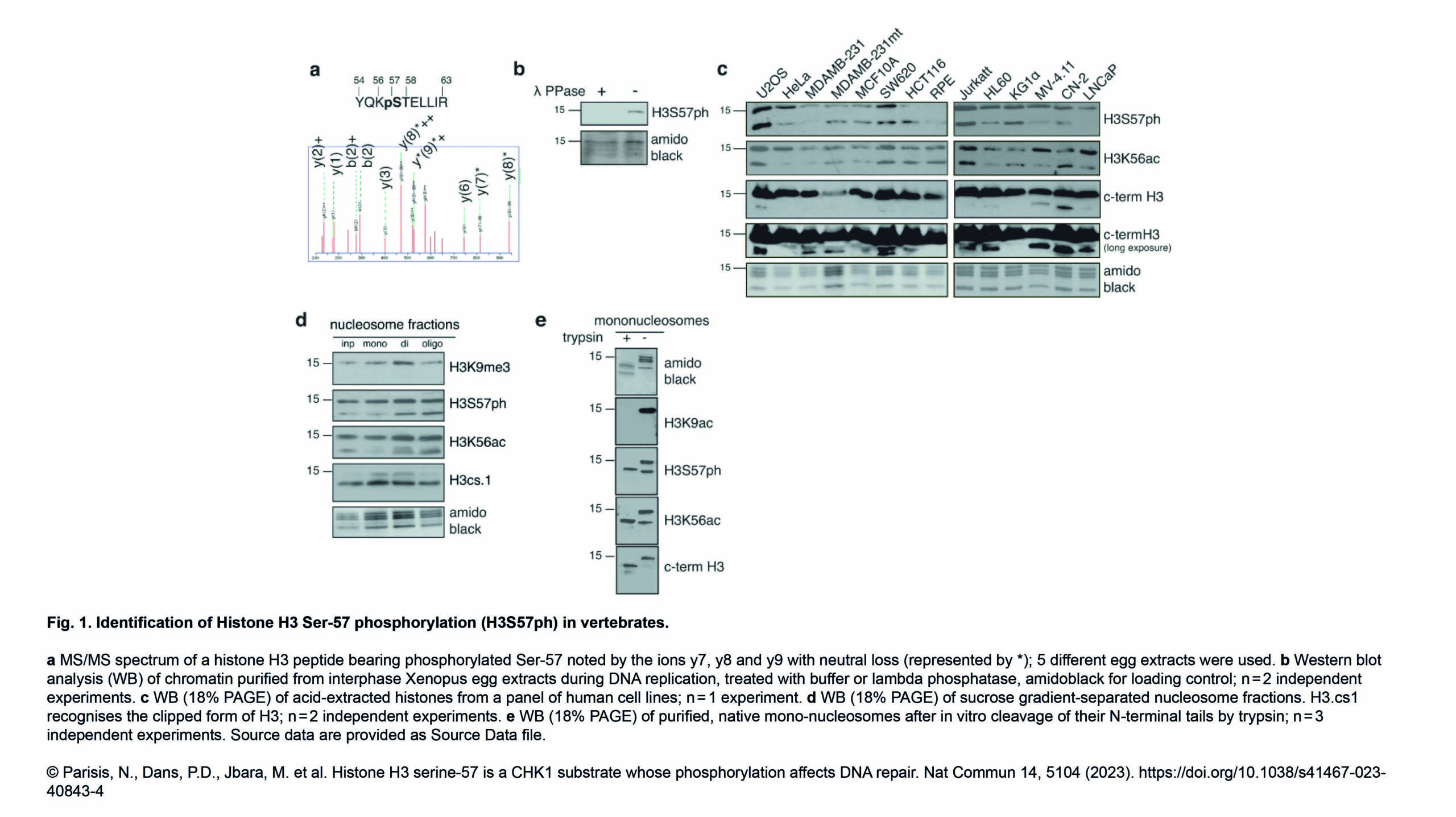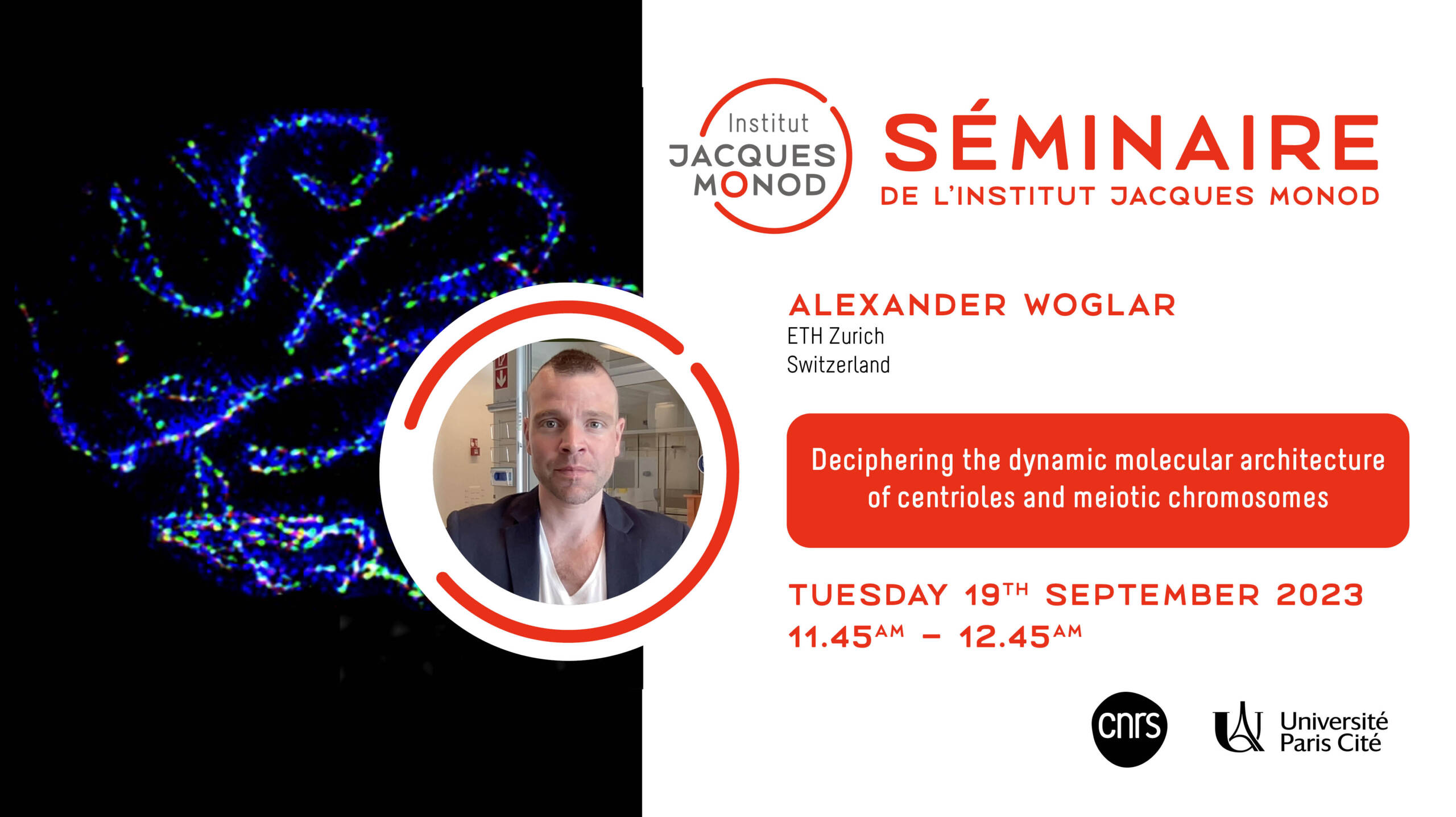Invité par l'équipe Wassmann, Joao Matos (Max Perutz Labs, University of Vienna) présentera un séminaire IJM sur le thème :
Building, maintaining and discarding large macromolecular assemblies during gametogenesis
The life cycle of sexually reproducing eukaryotes depends on two specialized chromosome segregation programs: mitosis and meiosis. Whereas mitosis drives cellular proliferation and the stable propagation of…



